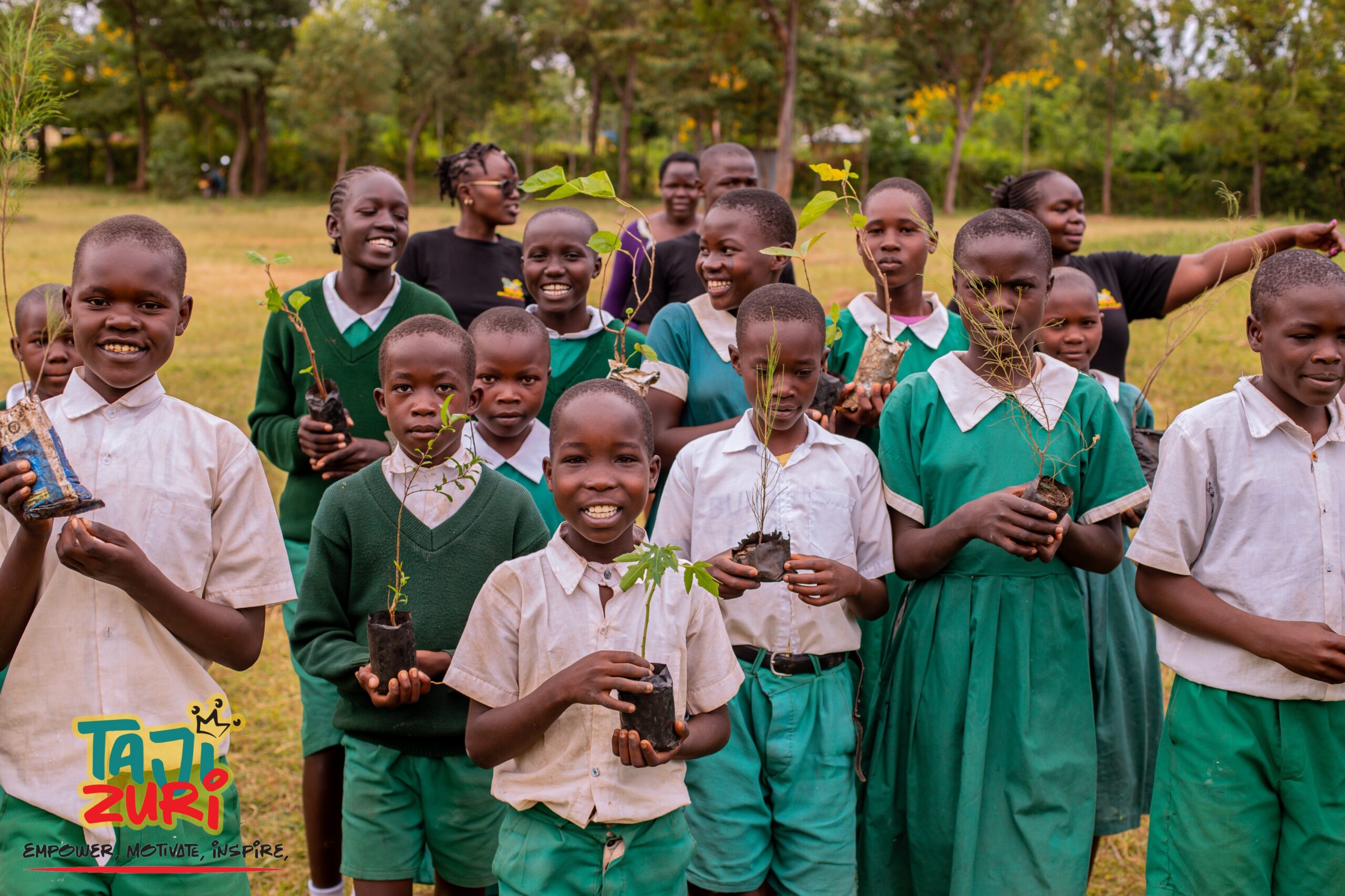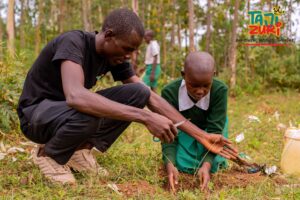Climate resilience refers to the capacity of individuals, communities, and systems to anticipate, prepare for, respond to, and recover from climate-related hazards and shocks while maintaining their essential functions. In the context of education, climate resilience means creating learning environments that can withstand extreme weather events, ensuring that students continue their education despite climatic challenges.
Climate change is increasingly disrupting education systems worldwide. Rising temperatures, floods, droughts, and other extreme weather conditions damage school infrastructure, displace learners, and reduce the quality of education. In many parts of the world, students are forced to miss school due to harsh environmental conditions, while inadequate infrastructure exacerbates the problem. Schools must therefore, adopt sustainable, climate-resilient designs to protect the future of learning.
Perspectives on Climate-Resilient Schools
Global Perspective
Globally, the impact of climate change on education is evident in rising school closures due to hurricanes, floods, and wildfires. According to UNESCO, climate-related disasters disrupt learning for millions of children each year, affecting their long-term educational prospects. International bodies such as the Global Partnership for Education (GPE) and the United Nations Sustainable Development Goals (SDG 13 – Climate Action and SDG 4 – Quality Education) emphasize the need to integrate climate resilience into school infrastructure planning.
Regional Perspective (Africa / East Africa)
In Africa, climate change has exacerbated droughts, floods, and extreme heat, making it difficult for schools to operate effectively. In East Africa, countries such as Kenya, Uganda, and Tanzania have experienced unpredictable rainfall patterns, leading to flooding that destroys school buildings and limits student access to education. Regional bodies like the African Union and IGAD (Intergovernmental Authority on Development) are advocating for climate-responsive policies in education to safeguard learning institutions from these disruptions.
National Perspective (Kenya)
Kenya has made progress in addressing climate resilience in schools through policies such as the
Climate Change Act (2016) and the National Climate Change Action Plan. However, many rural schools remain vulnerable due to poor infrastructure and limited funding. The government, in collaboration with development partners, has initiated programs to introduce climate-smart schools that use solar energy, rainwater harvesting, and sustainable construction materials to enhance resilience.
County Perspective (Homabay)
In Homabay County, schools face significant climate-related challenges, including flooding, drought, and strong winds that damage infrastructure. Many rural schools lack adequate resources to implement climate adaptation strategies. However, local initiatives, NGOs, and county government interventions are working to enhance the resilience of educational institutions by incorporating sustainable infrastructure solutions.
Climate-Resilient School Infrastructures
Building climate-resilient schools involves designing and constructing facilities that can withstand extreme weather conditions. Some key features of climate-resilient school infrastructures include:
- Elevated structures to prevent flood damage.
Use of durable, sustainable materials such as stabilized soil blocks and reinforced concrete.
Green roofs and shading to reduce heat absorption and maintain comfortable indoor temperatures.
Water harvesting and storage systems to ensure a reliable water supply during drought.
- Climate-Responsive School Design
Climate-responsive school design integrates sustainability principles to create energy-efficient, adaptive learning environments. These schools:
Incorporate natural ventilation and lighting to reduce energy dependence.
Utilize solar panels for electricity, reducing reliance on fossil fuels.
Implement eco-friendly sanitation solutions such as bio-digesters and composting toilets.
Design flexible learning spaces that can be adapted for various climatic conditions.
- Integration of Climate Education
Climate education is essential in preparing students for climate change. Schools should integrate climate awareness into their curricula to teach students about environmental conservation, sustainable living, and disaster management. Engaging students in tree-planting activities, climate clubs, and conservation projects fosters a culture of sustainability from a young age.
Community and Government Involvement
Building climate-resilient schools requires collaboration between various stakeholders, including governments, communities, and development partners. Key actions include:
- Government policies and funding to support climate-smart school projects.
- Community participation in maintaining school infrastructure and implementing local climate adaptation strategies.
- Public-private partnerships to mobilize resources for sustainable school construction.
Challenges in Building Climate-Resilient Schools
Despite the need for climate-resilient schools, several challenges hinder progress, including:
- High costs of infrastructure adaptation.
- Limited awareness and technical expertise on climate-smart construction.
- Inconsistent policy implementation at national and local levels.
- Resource constraints in rural and marginalized areas.
CONCLUSION
Building climate-resilient schools is essential for safeguarding education in the face of extreme weather conditions. By adopting sustainable infrastructure, integrating climate education, and fostering government and community involvement, schools can remain operational despite climate challenges. While financial and technical barriers exist, organizations like WeWorld Intervention in Migori and Homabay play a crucial role in ensuring that vulnerable communities have access to quality education in resilient learning environments. Moving forward, continued investment in climate-smart schools will be key to securing the future of education for generations to come.




